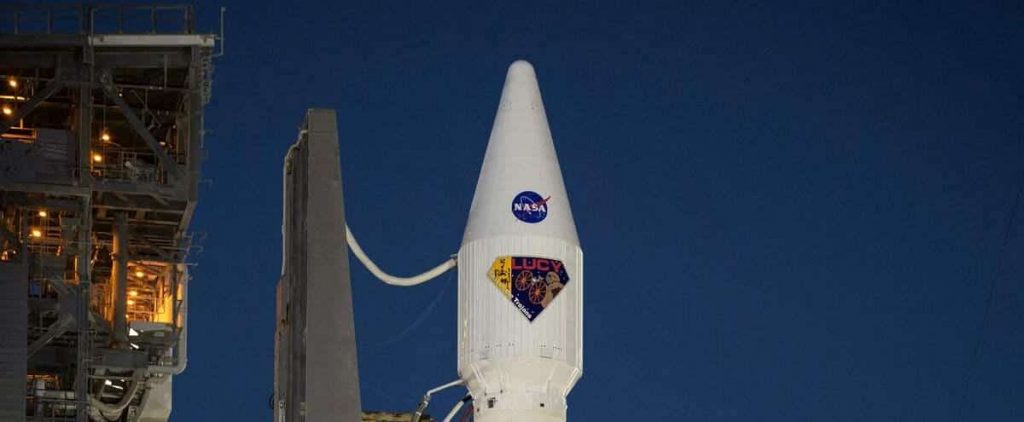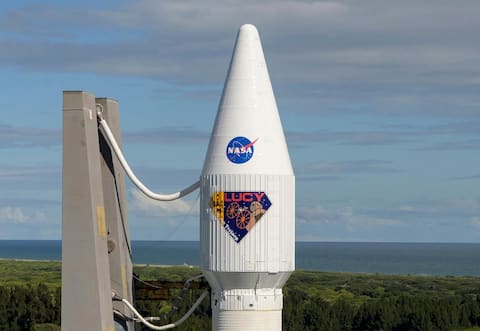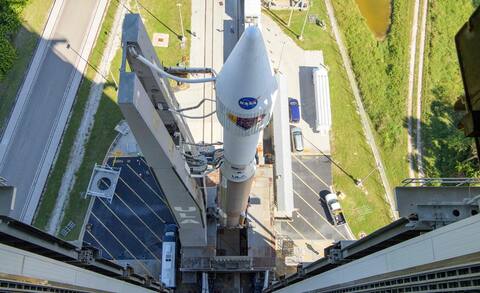
Lucy, NASA’s first mission to Trojan asteroids in Jupiter orbit, is set to depart from Florida on Saturday morning, embarking on a 12 – year journey to better understand the formation of our solar system.
Also read: Six months in space: China launches Shenzhou-13, the longest manned mission
Also read: This time, Captain Kirk of Star Trek actually entered space
Also read: The James Webb Telescope arrives in French Guiana
The Atlas V rocket, which is responsible for maneuvering the spacecraft, will take off from Cape Canaveral on Saturday at 5:34 GMT (9:34 GMT) local time.
This craft was the first to be powered by solar energy away from the sun, and could observe more asteroids than any other spacecraft in front of it: a total of eight.
“Each of these asteroids must contribute to the history of our solar system,” he told a news conference.
In 2025, the spacecraft in the belt of the main asteroid belt between Mars and Jupiter will first fly over an asteroid. He will then visit seven Trojan asteroids in 2033, including the last two.
The largest of them is about 95 km in diameter.
The spacecraft will reach a distance of 400 to 950 km and a speed of about 24,000 km / h, depending on the size of the selected objects.
Trojan asteroids, of which 7000 are known, evolve into two groups around the Sun, one before Jupiter and the other after it.
“The surprising thing about Trojan asteroids is that they are very different from each other, especially their color: some are gray, some are red,” said Hall Lewison, a senior researcher on the mission.
“We think their color indicates where they came from.”
Researchers want to study their geology, composition and exact density, mass and size.
The mission was named Lucy in reference to the Australopithecus fossil found in Ethiopia in 1974, which helped shed light on the evolution of humanity – NASA wants to shed light on the evolution of the solar system here.
Researchers who discovered the skeleton were listening to the Beatles’ song “Lucy in the sky with diamonds” at the time.
Phil Christensen, in charge of a scientific instrument called the L’TES that holds the gem, said, “We took the diamond on board.”
This device measures infrared light, which determines the surface temperature of the planets.
“By comparing these night and day measurements, we can determine if the surface is made of boulders or with fine dust and sand,” he explained. True, rock cools less quickly than sand overnight.
The total cost of the mission, including its 12 years of operation, is $ 981 million.







More Stories
Variable Speed Drives and the IIoT: Enabling Predictive Maintenance
Where to Start Automation. Monitor Stands
Amid Rising Water Rates, Property Managers Save 15 to 35 Per Cent With Canadian Water Savings’ Smart Valve™